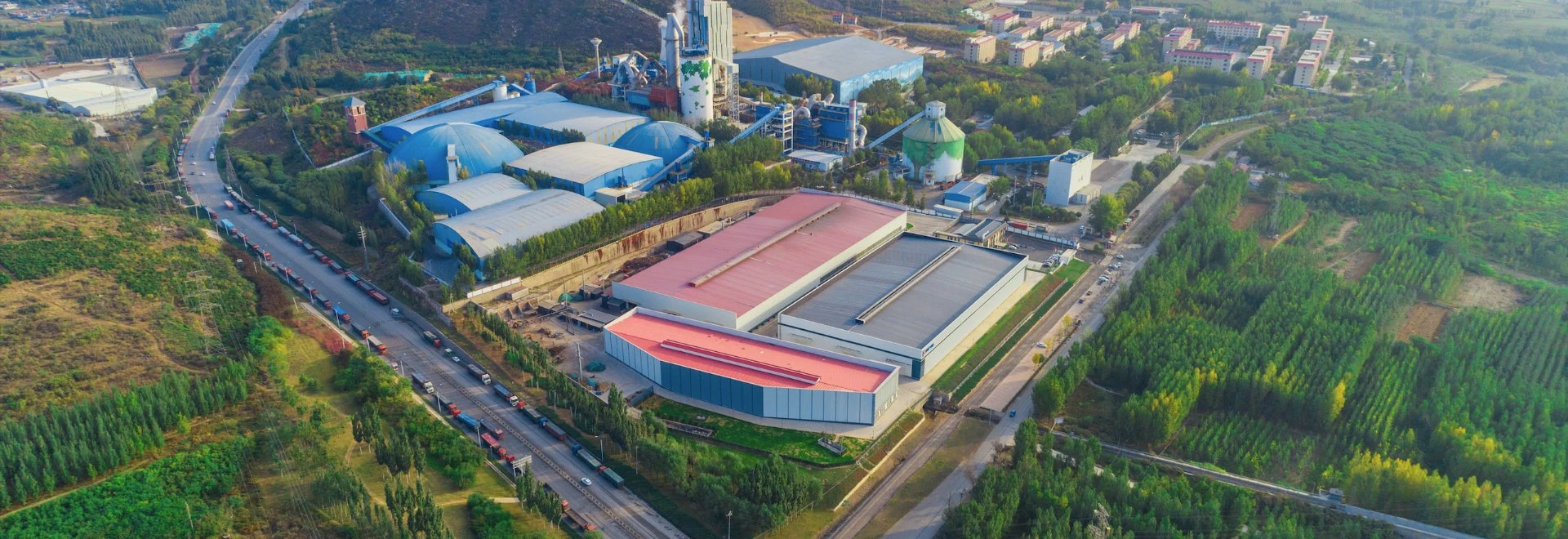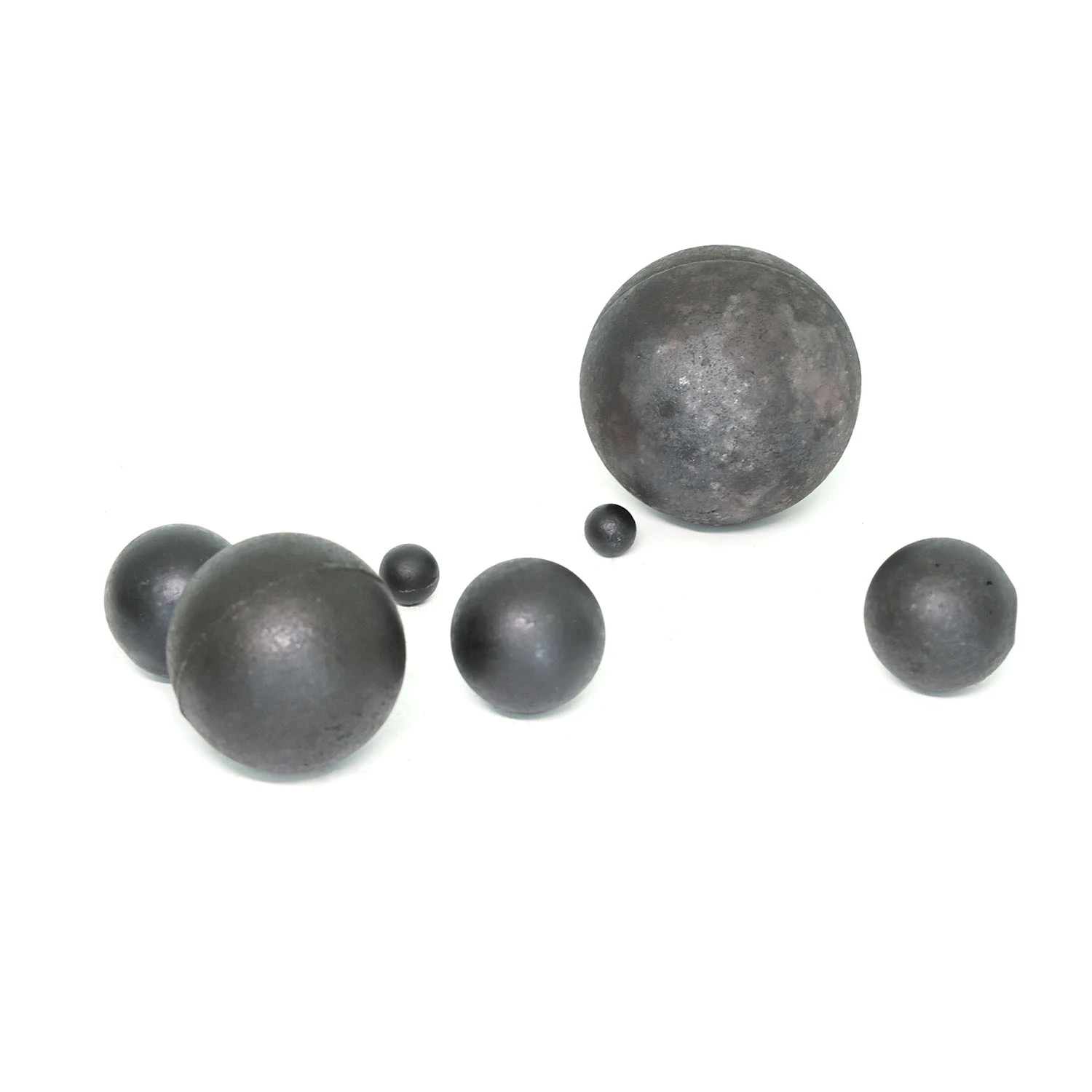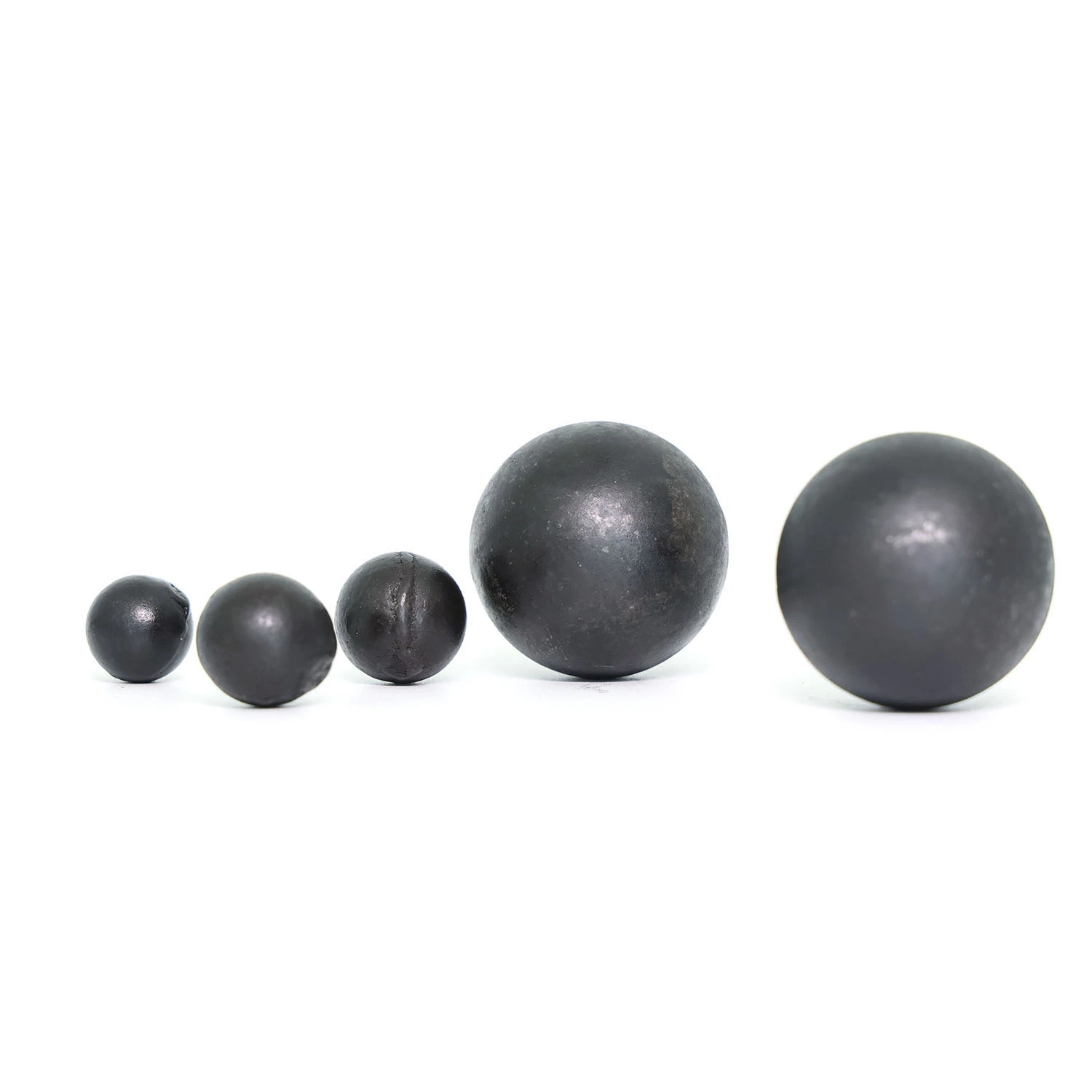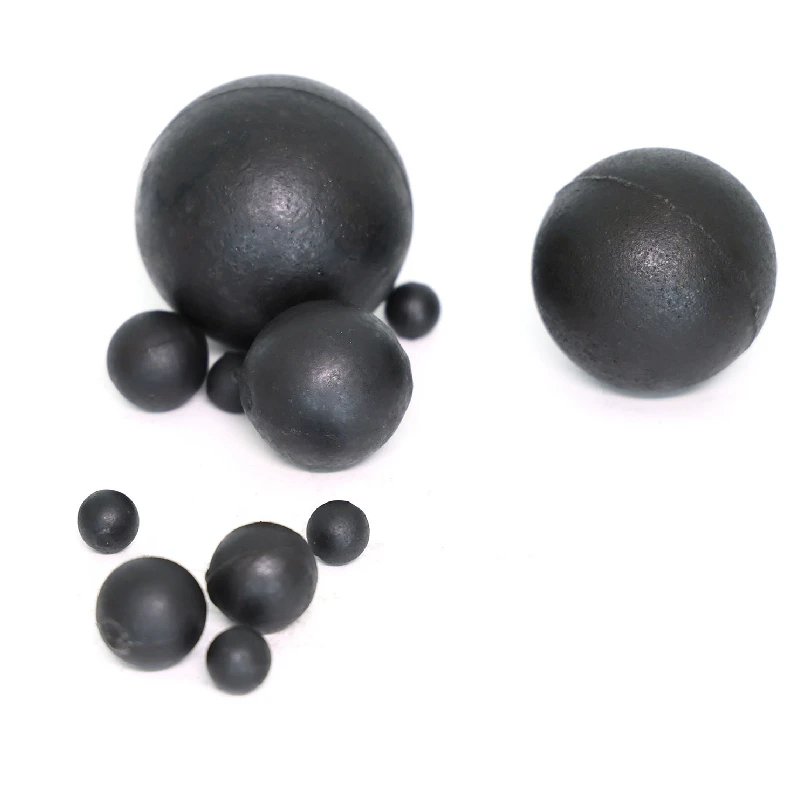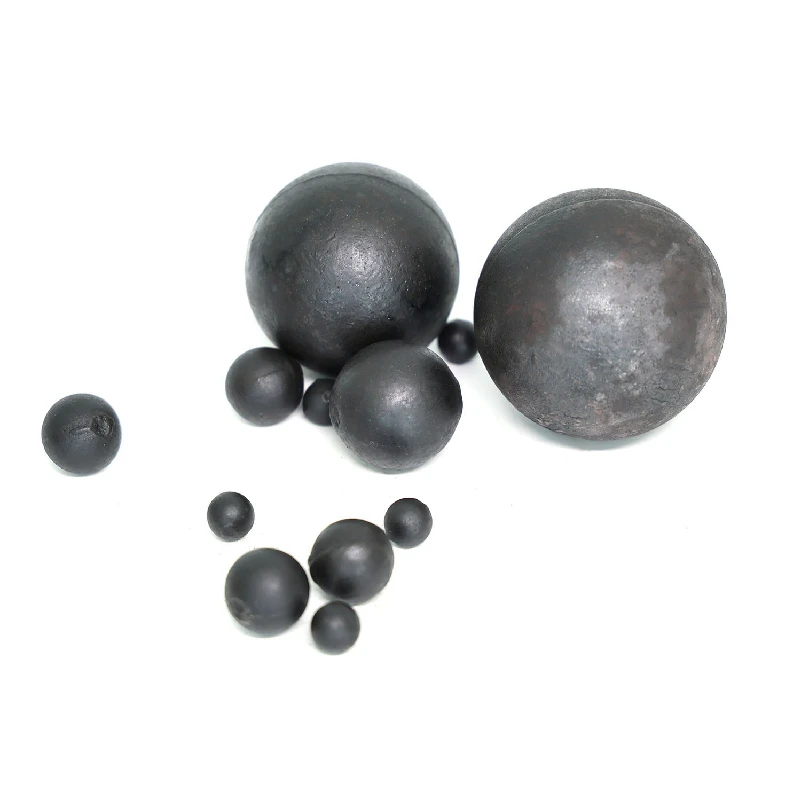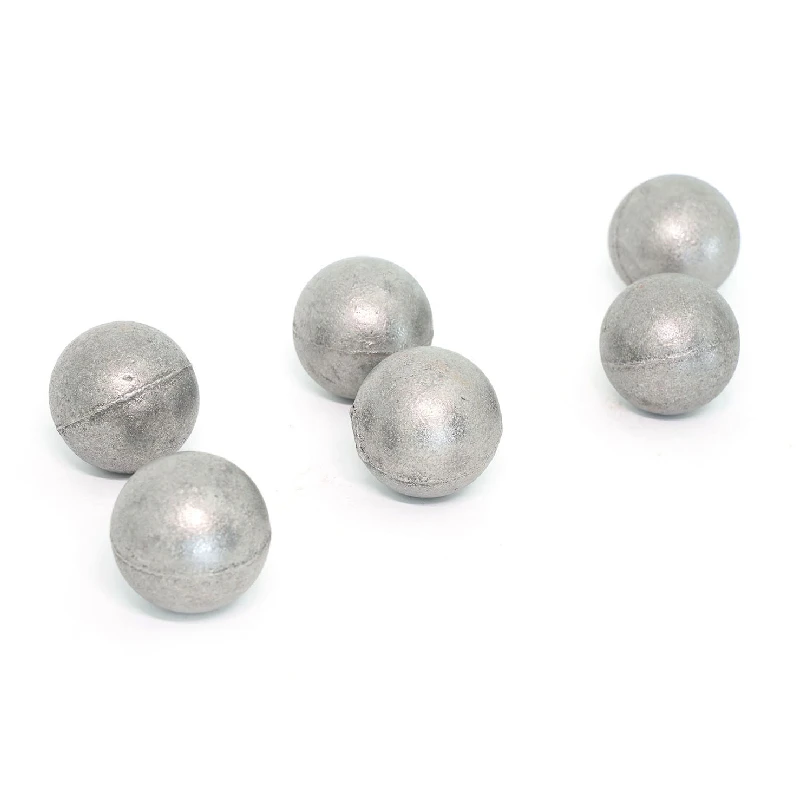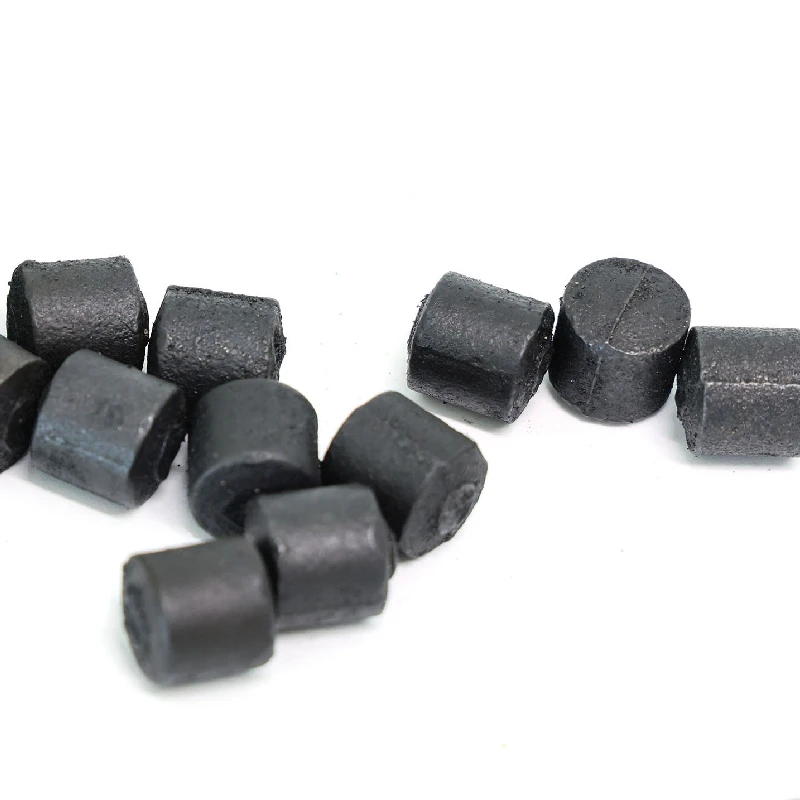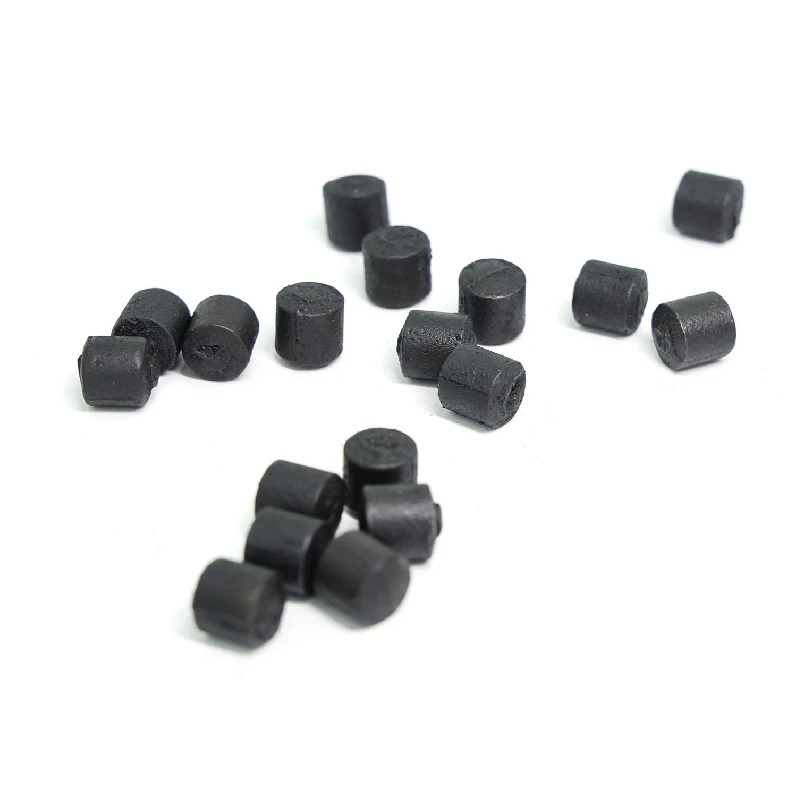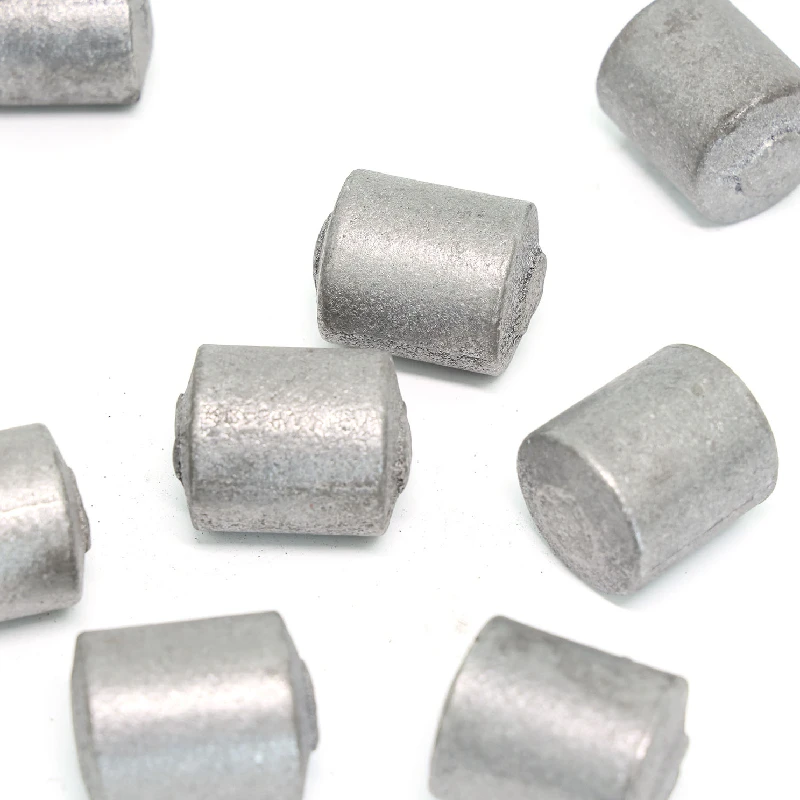- Afrikaans
- Albanian
- Amharic
- Arabic
- Armenian
- Azerbaijani
- Basque
- Belarusian
- Bengali
- Bosnian
- Bulgarian
- Catalan
- Cebuano
- China
- Corsican
- Croatian
- Czech
- Danish
- Dutch
- English
- Esperanto
- Estonian
- Finnish
- French
- Frisian
- Galician
- Georgian
- German
- Greek
- Gujarati
- Haitian Creole
- hausa
- hawaiian
- Hebrew
- Hindi
- Miao
- Hungarian
- Icelandic
- igbo
- Indonesian
- irish
- Italian
- Japanese
- Javanese
- Kannada
- kazakh
- Khmer
- Rwandese
- Korean
- Kurdish
- Kyrgyz
- Lao
- Latin
- Latvian
- Lithuanian
- Luxembourgish
- Macedonian
- Malgashi
- Malay
- Malayalam
- Maltese
- Maori
- Marathi
- Mongolian
- Myanmar
- Nepali
- Norwegian
- Norwegian
- Occitan
- Pashto
- Persian
- Polish
- Portuguese
- Punjabi
- Romanian
- Russian
- Samoan
- Scottish Gaelic
- Serbian
- Sesotho
- Shona
- Sindhi
- Sinhala
- Slovak
- Slovenian
- Somali
- Spanish
- Sundanese
- Swahili
- Swedish
- Tagalog
- Tajik
- Tamil
- Tatar
- Telugu
- Thai
- Turkish
- Turkmen
- Ukrainian
- Urdu
- Uighur
- Uzbek
- Vietnamese
- Welsh
- Bantu
- Yiddish
- Yoruba
- Zulu
Dec . 04, 2024 09:45 Back to list
types of steel plates
Types of Steel Plates A Comprehensive Overview
Steel plates are essential components in various industries, from construction to manufacturing. They come in various grades, thicknesses, and finishes, serving multiple purposes, including structural support, machinery components, and aesthetic applications. Understanding the different types of steel plates available can help manufacturers and builders choose the right material for their projects.
1. Mild Steel Plates
Mild steel, also known as carbon steel, is one of the most commonly used types of steel plates. It contains a lower carbon content (typically 0.05% to 0.25%) than other steels, making it more ductile and malleable. Mild steel plates offer excellent weldability, machinability, and formability. They are widely utilized in construction, automotive, and appliance manufacturing due to their affordable price and versatility. Applications include structural beams, frames, and panels.
2. High-Strength Low-Alloy (HSLA) Steel Plates
HSLA steel plates are specifically engineered to provide better mechanical properties and greater resistance to corrosion than conventional carbon steels. These plates generally have a carbon content of less than 0.2% and are alloyed with elements such as manganese, copper, and nickel to enhance strength and durability. Commonly used in industries requiring higher strength materials without excessive weight, HSLA plates are ideal for bridges, buildings, and heavy equipment.
3
. Stainless Steel PlatesStainless steel plates are distinguished by their corrosion resistance, which is attributed to a minimum of 10.5% chromium content in the alloy. They are available in various grades, including austenitic, ferritic, and martensitic, each with unique properties. Austenitic stainless steels (like 304 and 316) are widely used in food processing, chemical handling, and medical applications due to their excellent corrosion resistance and formability. This makes them ideal for environments prone to oxidation or decay.
4. Tool Steel Plates
types of steel plates

Tool steel plates are designed for manufacturing tools, dies, and machinery components. They are available in various grades, each formulated for specific applications, such as cold working, hot working, or high-speed cutting. Tool steels typically contain alloys like tungsten, molybdenum, and chromium, contributing to their hardness, wear resistance, and ability to withstand high temperatures. These plates are predominately used in the manufacture of cutting tools, injection molds, and dies.
5. Carbon Steel Plates
Carbon steel plates are categorized based on their carbon content into several classifications, including low, medium, and high carbon steel. Low carbon steel plates (up to 0.3% carbon) are easily welded and formed, making them suitable for automotive and structural applications. Medium carbon steel plates (0.3% to 0.6% carbon) strike a balance between strength and ductility, often used in manufacturing gears and shafts. High carbon steel plates (0.6% to 1.4% carbon) offer high hardness and wear resistance, commonly found in cutting tools and springs.
6. Aluminum Steel Plates
Aluminum-coated steel plates combine the strength of steel with the lightweight and corrosion-resistant properties of aluminum. These plates are often used in applications such as building facades, road signs, and food processing plants. The aluminum coating provides a level of durability that helps prevent rust and degradation, making these plates suitable for both indoor and outdoor use.
7. Quenched and Tempered Steel Plates
Quenched and tempered steel plates are heat-treated to achieve high strength and impact resistance. The process involves heating the steel to a high temperature and then rapidly cooling it (quenching) to harden the material. It is then reheated to a lower temperature (tempered) to achieve the desired mechanical properties. These plates are often utilized in the construction, mining, and oil and gas industries due to their resilience against extreme conditions.
Conclusion
Selecting the right type of steel plate is crucial for the success of any project. Understanding the various types—mild steel, HSLA, stainless steel, tool steel, carbon steel, aluminum-coated steel, and quenched and tempered steel—allows engineers, architects, and manufacturers to identify the material that best suits their specific needs. Whether for structural, industrial, or decorative applications, steel plates continue to be a fundamental component in modern construction and manufacturing, underscoring their importance in today’s economy.
-
Grinding Cylpebs and Their Impact on Milling Efficiency
NewsDec.27,2024
-
Art of Choosing and Loading Mill Media
NewsDec.27,2024
-
Maximize Your Milling Efficiency with the Right Grinding Media
NewsDec.18,2024
-
Importance and Applications of Ceramic Milling Media in Various Industries
NewsDec.18,2024
-
High Chrome Steel Grinding Balls
NewsDec.18,2024
-
High Chrome Grinding Media Balls and Their Role in Industrial Milling
NewsDec.18,2024
Realted Products

